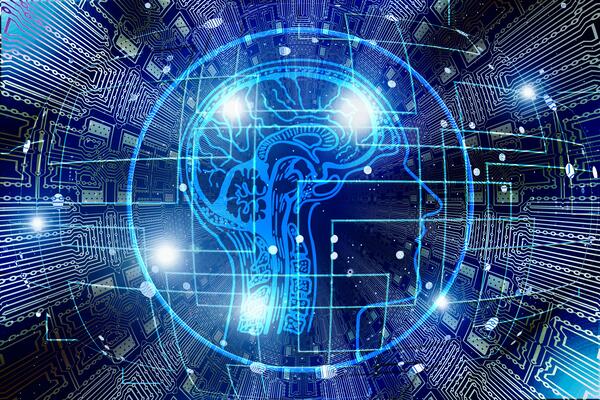We’ve spoken recently about the potential impact of AI on elearning in the near future. Adaptive learning has been the precursor to a much more complex approach to the design and delivery of learning. With the rapid progression of AI technology in learning and development, the future of instructional design is here as adaptive learning is about to be taken a few steps forward.
With these advancements has come apprehension about the future of instructional design in a new landscape based on automation and machine learning.
So, what impact will AI have on instructional design as we know it today? Are the fears unfounded or is instructional design about to be changed forever?
Content Production
Up until now, instructional designers have had to rely on relatively simplistic data analytics to inform the content required for a new course. They have often been limited in course design by having to cater to a wide audience in terms of learning stages, so the issue of appropriate content and assessment has been a challenge. So adaptive learning, while useful and relevant, has remained highly limited.
With the introduction of AI technologies, learning systems will be able to provide feedback on each learner’s individual needs. This means instructional designers can focus on meaningful lessons and progression through the learning path, rather than recall of basic facts, and can design content accordingly for optimal impact.
Assessment Techniques
Many learners feel uncomfortable asking questions in a traditional classroom setting. There can be an overwhelming sense of embarrassment or timidity that holds learners back from seeking the guidance they really need on a particular topic.
AI will allow for functionalities such as virtual instructors with the capability to clarify topics or answer questions as required. The learner is secure in the fact that this is a one-to-one session with a virtual instructor, so questions and clarifications can be asked for freely, leading to a more thorough learning experience. The virtual instructor can also pick up on the individual learning style and current knowledge level of the learner in order to provide customized feedback with the correct depth of information.
In turn, this interaction will allow for more complex forms of assessment and grading. No longer will instructional designers be confined to multiple-choice quizzes in the elearning environment. AI will enable appropriate assessment and feedback for the knowledge level and learning style of the individual.
Feedback to Instructional Designers
For instructional designers, the correct implementation of AI will eliminate many of the guessing games that still exist when creating learning experiences. Designers will be able to spend time creating exceptional instruction, assessment, and feedback for appropriate levels of knowledge and learning styles without having to guess if they are creating for the correct audience.
Instead, AI technology will be able to take all the content and apply the correct level of knowledge depth and assessment per learner. Instructional designers will also be able to use this feedback in further creation of content. AI technology will be able to identify gaps in a course based on learner’s performance and assessment results in that course.
AI could also be used to mitigate any negative impacts of cognitive load on the learning experience, meaning instructional designers can be better informed on the impact of their work on learners and adapt accordingly.
Enhancing the Role of Instructional Designers
With all the recent discussions around AI in learning and development, a natural fear has developed that AI is bound to start replacing instructional designers, instructors and analytics specialists, and very soon.
Donald Clarke wrote in 2018 that instructional designers must “adapt or die” in the coming onslaught of AI technologies that have been designed to replace them. However, this feels like a fundamental misunderstanding of AI advances, not just in elearning, but as part of technological advancements in all industries and areas:
“This is not to say that you need to be able to code or have AI or data science skills. It does mean that you will have to know, in detail, how the software works. If it uses semantic techniques, make the effort to understand the approach, along with its weaknesses and strengths”.
This is true of many roles in many industries. You can’t create fintech solutions if you don’t understand complex financial products, and you certainly can’t create immersive learning experiences with AI if you don’t understand instructional design. The development of new technologies is always going to require experts in that field to work with engineers creating the technology. If anything, the above quote describes more of an up-skilling scenario than a total decline in the current responsibilities of the instructional designer.
The threat of job replacement by automation and technology has existed since the industrial revolution. One thing that never changes, however, is that all technology needs to be supported by humans, and not just engineers who understand how to build the software. Experts in their individual fields who understand the subject matter are just as important in the process of building new technologies.
While Clarke may have been correct in saying that instructional designers must adapt, it’s more likely that the complexity of adult learning will make their knowledge and expertise all the more relevant and important as AI continues to be entwined with the latest learning technologies. The future of instructional design is not obsoletion, it’s adaptation.




